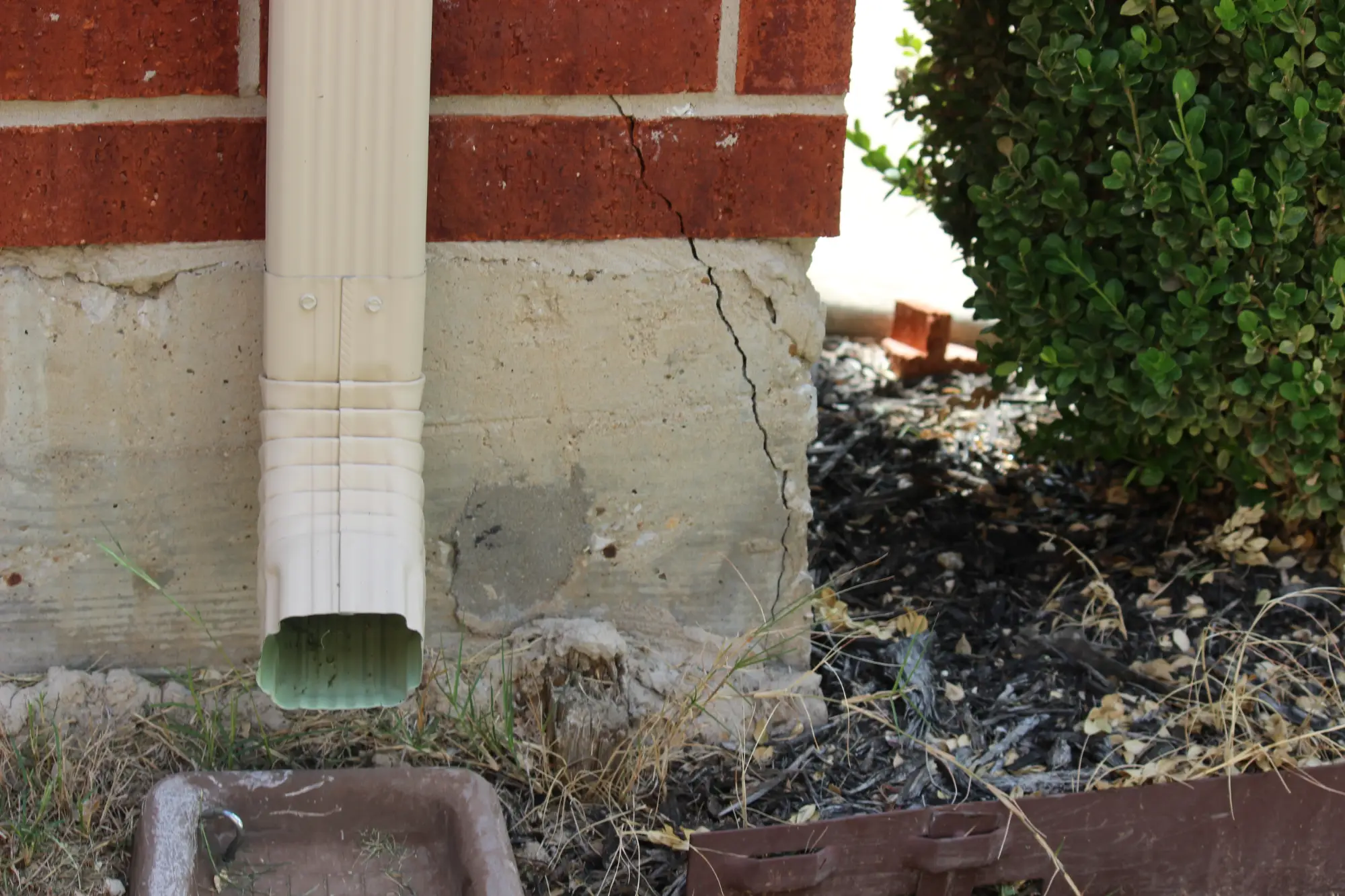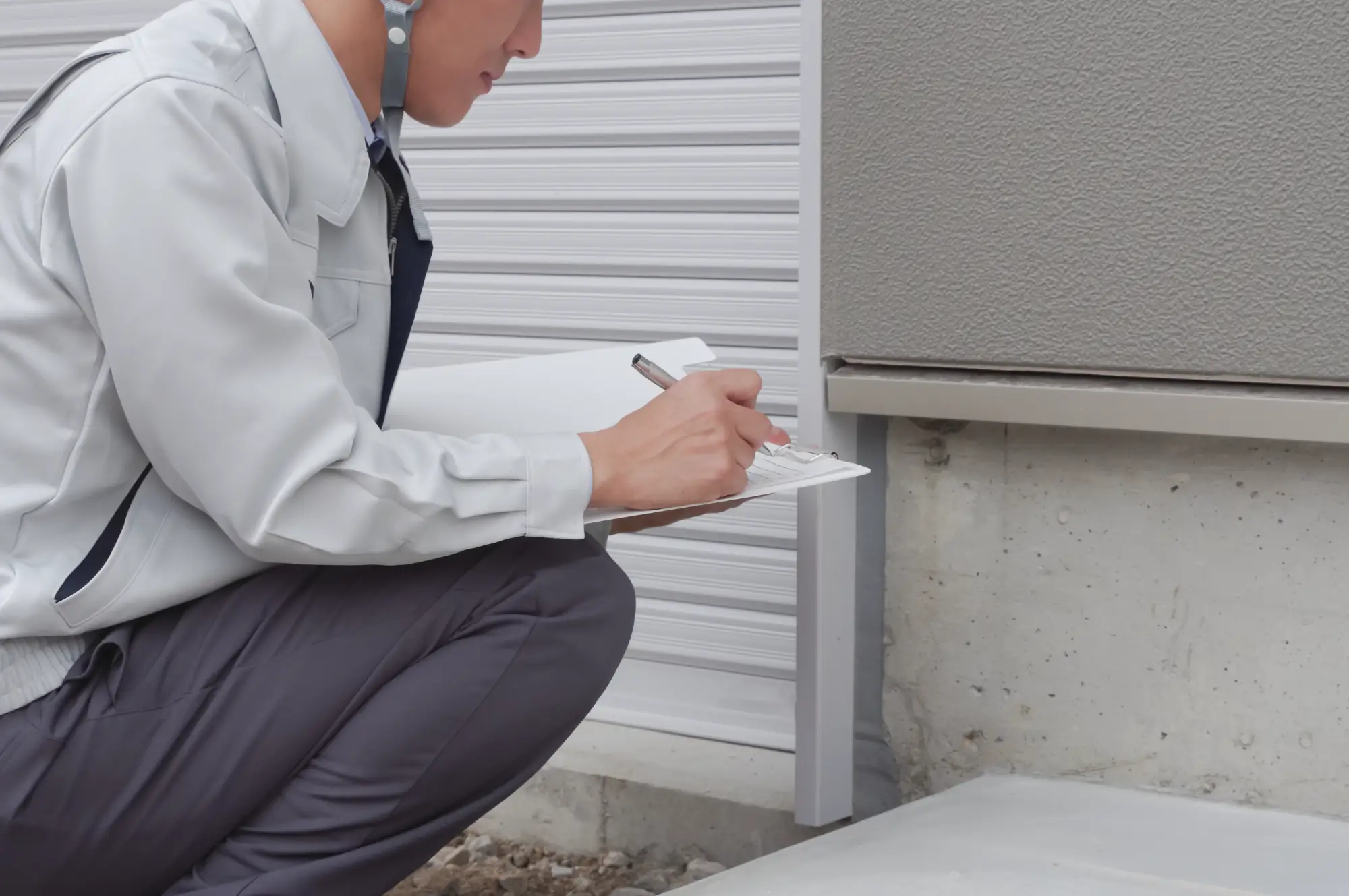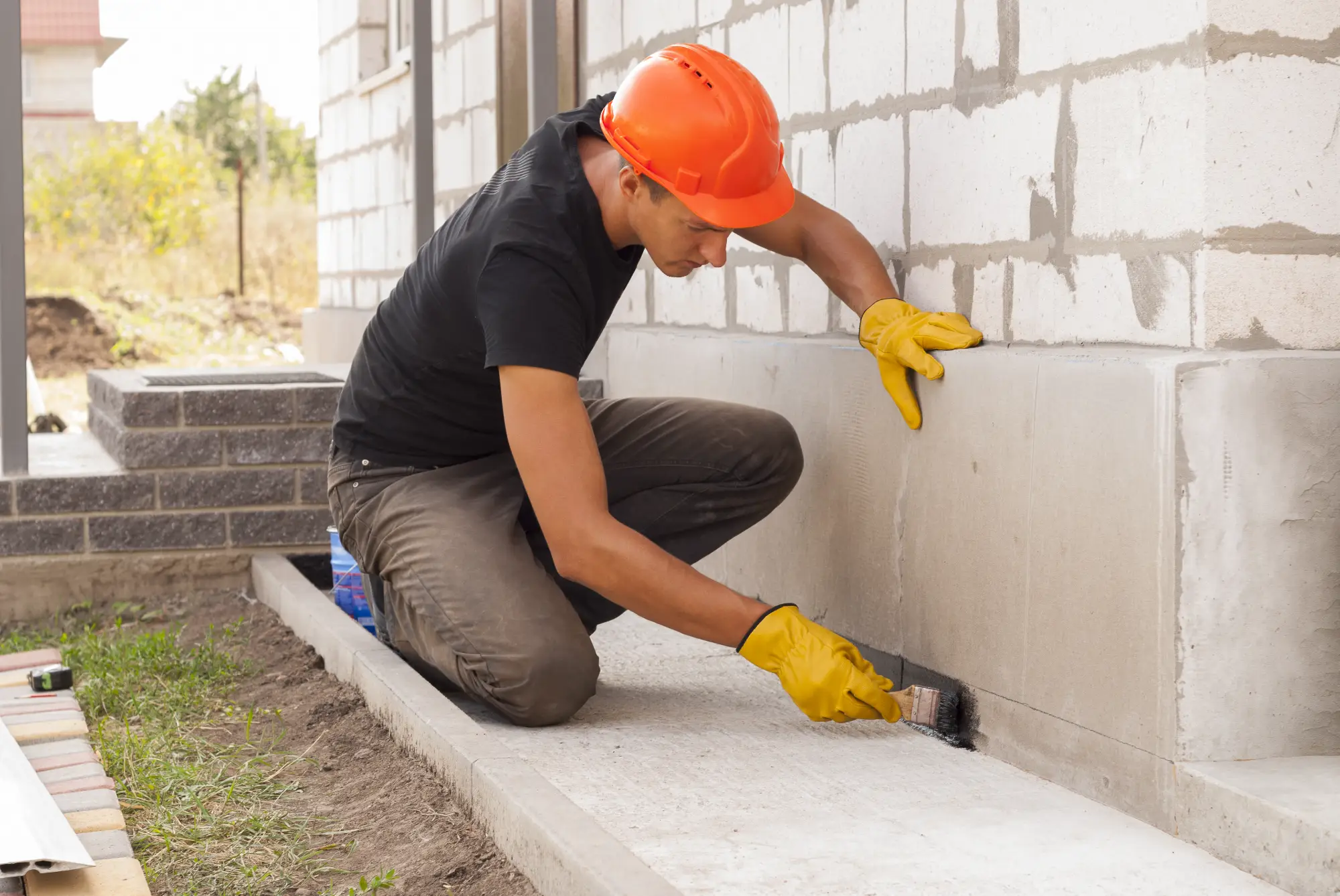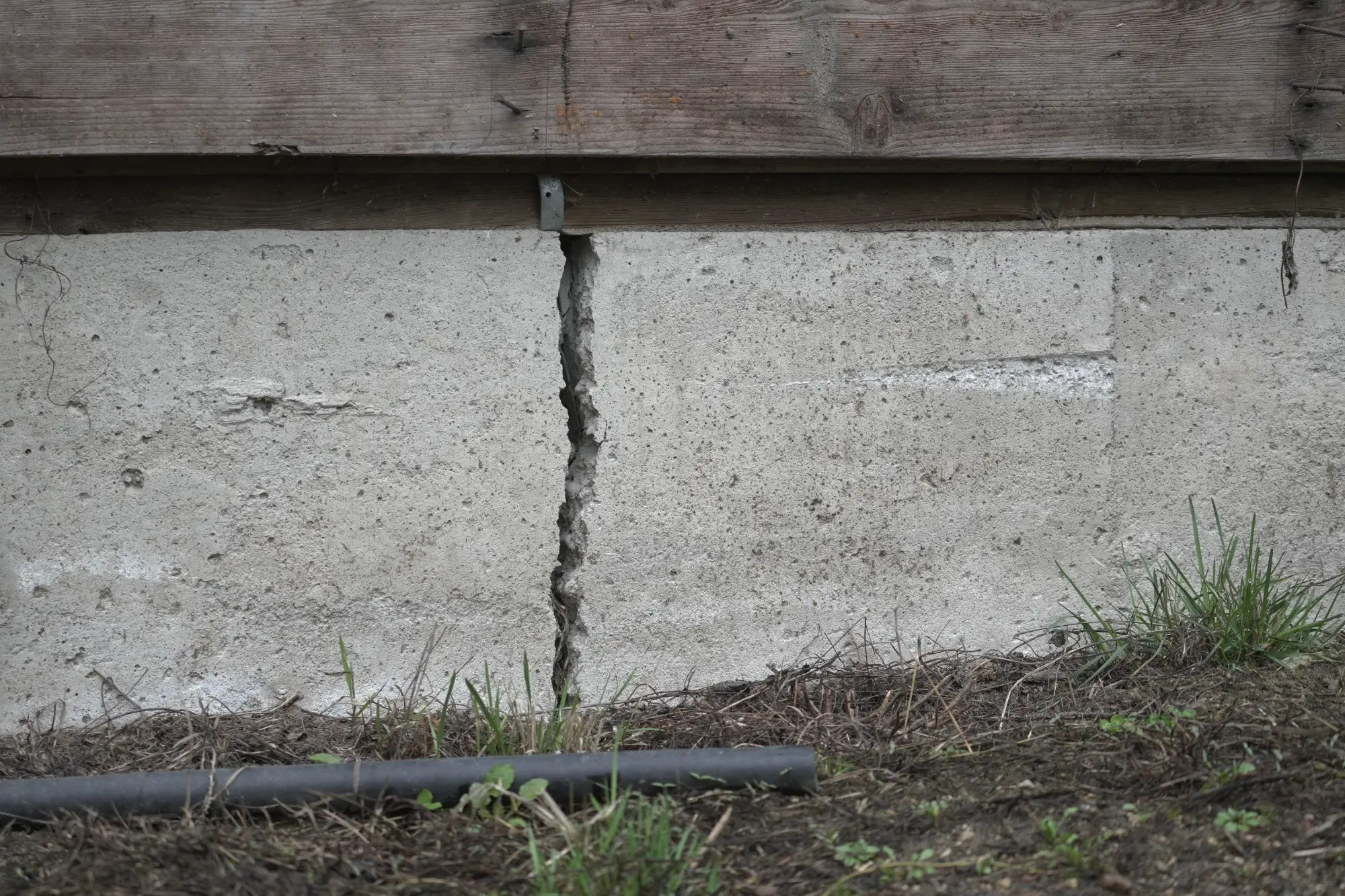Foundation Crack Repair Glen Cove NY
Stop Foundation Cracks Before They Spread
Professional crack injection and structural repairs that actually last, protecting your home’s foundation permanently.

Hear About Us

Glen Cove Foundation Repair Experts
You’re not just patching cracks – you’re getting real structural integrity back. When we finish your foundation crack repair, you’ll have a dry basement that stays dry, walls that won’t shift, and the confidence that comes from knowing your home’s foundation is solid.
No more watching those cracks grow wider every season. No more wondering if that small crack means big trouble. No more water seeping through your basement walls during heavy rains.
Your foundation gets restored to its original strength using professional-grade crack injection techniques and materials designed for Long Island’s specific soil conditions. You get a home that holds its value and a basement you can actually use without worrying about water damage or structural issues.
Licensed Foundation Repair Contractors
Diamond Masonry & Waterproofing has been fixing foundation problems for Glen Cove and Nassau County homeowners who need real solutions, not temporary patches. We’re licensed contractors who understand exactly how Long Island’s clay soil, coastal moisture, and freeze-thaw cycles affect your foundation.
You’re not getting a general handyman who watched a YouTube video. You’re getting masonry and waterproofing specialists who’ve seen every type of foundation crack issue these older Long Island homes develop.
We’ve been serving this area long enough to know which repair methods actually work and which ones fail after the first winter. That experience matters when you’re investing in permanent foundation repairs.

Foundation Crack Injection Process
First, we inspect your foundation cracks to determine if they’re structural or settlement-related, because the repair method depends on what’s actually causing the problem. We’re not going to inject cracks that need different treatment.
Next, we clean and prepare the crack properly – this step gets skipped by contractors who don’t know what they’re doing, which is why their repairs fail. We use professional-grade polyurethane or epoxy injection materials depending on whether you’re dealing with active leaks or structural concerns.
The injection process fills the entire crack from inside your foundation wall, not just the surface you can see. We work from the bottom up, ensuring complete penetration and permanent sealing. After the material cures, you have a repair that’s actually stronger than the original concrete and flexible enough to handle normal foundation movement without re-cracking.

Ready to get started?
Explore More Services
About Diamond Masonry & Waterproofing
Get a Free Consultation
Complete Foundation Crack Solutions
Your foundation crack repair includes complete crack injection using materials specifically chosen for your crack type and local conditions. We handle everything from hairline settling cracks to larger structural fissures that need reinforcement.
You get basement wall crack repair that stops water infiltration permanently, not just for a season or two. Our crack injection process works on poured concrete, block foundations, and stone foundations common in Glen Cove’s older homes.
We also address the underlying drainage issues that contribute to foundation problems, because fixing cracks without addressing water management just means you’ll have new cracks forming. You get a comprehensive approach that actually prevents future foundation issues instead of just treating symptoms.

How do I know if my foundation cracks need professional repair?
What's the difference between crack injection and just sealing cracks?
How long do foundation crack repairs typically last?
Can foundation cracks be repaired from inside or outside?
What causes foundation cracks in Glen Cove area homes?
Should I be worried about small hairline cracks in my foundation?
Local Resources
- Google Map Link
- Find the Glen Cove, NY USPS
- Locate Nearby Glen Cove, NY Pharmacies
- View the Current Weather in Glen Cove, NY
- Glen Cove, NY is located in Nassau county in New York State